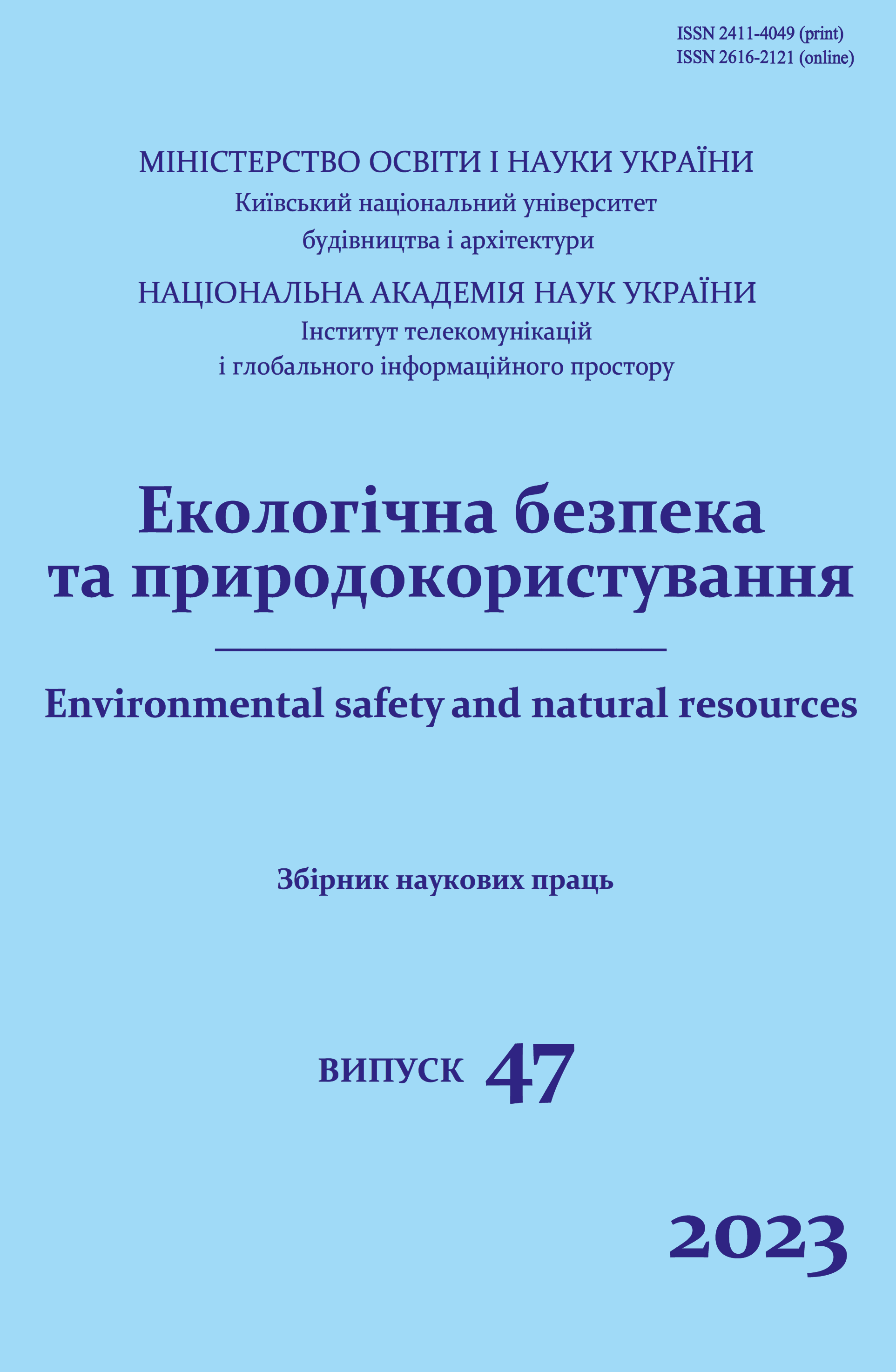Environmental aspects of using artificial photosynthesis technology for environmental decarbonization
DOI:
https://doi.org/10.32347/2411-4049.2023.3.39-48Keywords:
recycling, carbon dioxide, climate change, artificial photosynthesis, processing of CO2, atmospheric air, organic substancesAbstract
The increasing levels of carbon dioxide (CO2) in the atmosphere have been recognized as a major contributor to global climate change. As a result, there is a pressing need to develop sustainable and eco-friendly methods for mitigating CO2 emissions. CO2 recycling has emerged as a promising solution, aiming to convert CO2 into valuable products while reducing its impact on the environment. This work uses the CO2 recycling approach, which involves the conversion of CO2 emissions into useful organic compounds. An experiment with artificial photosynthesis is carried out with the help of a special installation, where CO2 undergoes photochemical reactions that contribute to the formation of organic compounds. Photocatalytic conversion of CO2 is environmentally friendly as it uses light energy and renewable raw materials to produce valuable chemicals without producing harmful by-products or waste. It has been established that TiO2 in the form of anatase and rutile is the most common CO2 photocatalyst. As a result of the experiment, the main output products were methanol, acetate aldehyde and acetone. The use of ultraviolet radiation and an electric field significantly affected the synthesis of organic substances and their quantity. It can be used in various industries such as fuel, chemical and pharmaceutical industries. In particular, methanol, acetate aldehyde and acetone are promising substances for the use and production of biofuels.
References
The Lofoten Declaration: A Global Call for Climate Leadership. The Lofoten Declaration. Retrieved June, 18, 2023 from http://www.lofotendeclaration.org/
The Production Gap Report: 2020 Special Report. SEI, IISD, ODI, E3G, UNEP, December 2020. Retrieved June, 18, 2023 from https://productiongap.org/
Transport Decarbonisation Alliance. Retrieved June, 18, 2023 from http://tda-mobility.org/
Zev Alliance. Accelerating the Adoption of Zero-Emission Vehicles. Retrieved June, 18, 2023 from http://www.zevalliance.org/
Growing momentum: Global overview of government targets for phasing out sales of new internal combustion engine vehicles. International Council on Clean Transportation. Retrieved June, 18, 2023 from https://theicct.org/blog/staff/global-ice-phaseout-nov2020
Journal «Economy and the State» – a scientific publication of Ukraine on economic issues. Retrieved June, 18, 2023 from http://www.economy.in.ua/pdf/1_2021/28.pdf
Definition of photosynthesis, stages, equations, process and diagram. Microbiology Notes – Online Biology Notes. Retrieved June, 18, 2023 from https://microbiologynote.com/uk/photosynthesis/
Downloads
Published
How to Cite
Issue
Section
License
Copyright (c) 2023 Тykhenko O.M., Deineka K.S.

This work is licensed under a Creative Commons Attribution 4.0 International License.
The journal «Environmental safety and natural resources» works under Creative Commons Attribution 4.0 International (CC BY 4.0).
The licensing policy is compatible with the overwhelming majority of open access and archiving policies.

